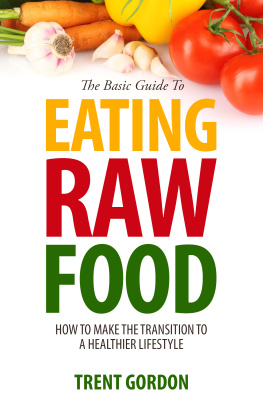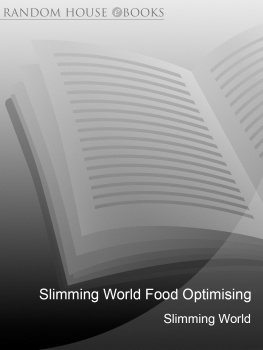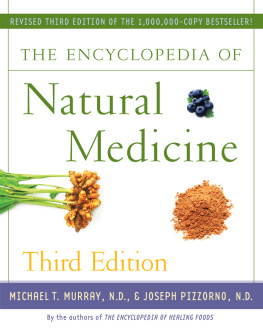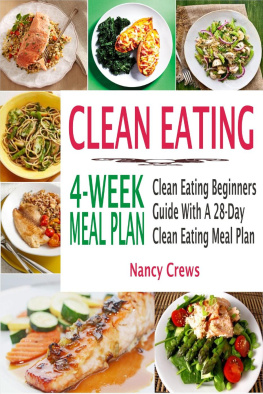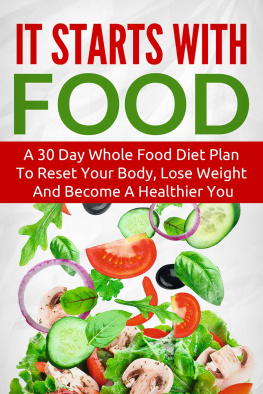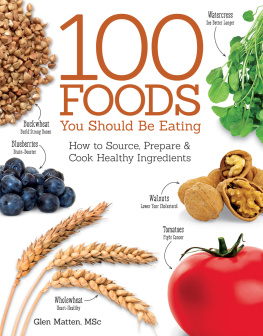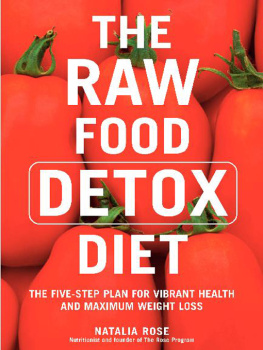Table of Contents
The Basic Guide to Eating Raw Food
How to Make the Transition to a Healthier Lifestyle
By: Trent Gordon
TABLE OF CONTENTS
PUBLISHERS NOTES
Disclaimer
This publication is intended to provide helpful and informative material. It is not intended to diagnose, treat, cure, or prevent any health problem or condition, nor is intended to replace the advice of a physician. No action should be taken solely on the contents of this book. Always consult your physician or qualified health-care professional on any matters regarding your health and before adopting any suggestions in this book or drawing inferences from it.
The author and publisher specifically disclaim all responsibility for any liability, loss or risk, personal or otherwise, which is incurred as a consequence, directly or indirectly, from the use or application of any contents of this book.
Any and all product names referenced within this book are the trademarks of their respective owners. None of these owners have sponsored, authorized, endorsed, or approved this book.
Always read all information provided by the manufacturers product labels before using their products. The author and publisher are not responsible for claims made by manufacturers.
2013
Manufactured in the United States of America
DEDICATION
This book is dedicated to my wife Mindy. She is my source of encouragement at all times and my source of inspiration.
CHAPTER 1- WHAT IS RAW FOOD?
Raw food diets are growing in popularity and have some advantages and disadvantages compared to "traditional" diets. A diet made of raw foods is made up of entirely unprocessed raw vegan foods that have never been heated above a temperature of 115 degrees Fahrenheit (or 46 degrees Celsius). Individuals that choose to have a raw food diet believe that foods cooked above 115 degrees Fahrenheit lose various nutrients and enzymes and therefore lose the majority of their nutritional value. The next step in the raw food analysis is that cooked foods, now devoid of nutrients, are actually harmful to the body, whereas raw and uncooked foods provide adequate and better sources of nutrition.

Those that support a diet made of raw foods argue that there are numerous benefits to participating in this diet, including increased amounts of energy, weight loss, clearer or more radiant skin, improved digestive system functionality, and overall better health than those who do not subscribe to a raw food diet. It may seem difficult to consistently eat raw foods, and as such, there are a large number of people that eat a "high raw" or "mostly raw" diet at their own discretion, and try to maintain a certain percentage of raw foods in their diet.
A small group of raw food enthusiasts also consume unprocessed dairy products in their diet. The majority of raw "foodies" follow a raw vegan diet that does not include dairy products, raw or otherwise. In the past few years, the raw diet has increased greatly in popularity, and the small group of loyal subscribers to the diet has spurred raw food restaurants opening in a number of major cities across the United States and across the world.
People that are a part of the raw foods diet tend to eat foods that are unprocessed and uncooked - this means that basically any commercially available product aside from produce is generally omitted from their diets. Depending on the level of processing or manufacture, even some fresh produce can be ruled out. Raw food eaters also drink fresh fruit and vegetable juices. As a matter of convenience, some raw food eaters may include a small amount of processed food in their diets as long as the processing is minimal and the food has never exceeded the 115 degrees Fahrenheit threshold.
Food safety can be an issue with the raw foods diet because foods are not processed or sterilized and do not undergo procedures like pasteurization or homogenization. Many people that use this diet grow their own produce and own appliances like juicers and blenders to make juice or smoothies out of their own fresh produce. By eliminating commercial farms, grocery stores, and restaurants, people can be assured that their food is handled properly and does in fact adhere to the raw food ideals.
Some foods that are part of a raw food diet include fruits, vegetables, eggs, raw fish meat such as tuna tartare or steak Carpaccio, seeds, nuts, whole grains like pasta and rice, eggs, fish in raw form like sushi or sashimi, and raw dairy products that have not undergone any commercial processes to kill bacteria. Finding these items can be difficult, aside from home grown fruits or vegetables. Raw meat especially has health concerns and may be difficult to obtain because nearly everyone is unable to grow and/or butcher their own livestock.
There is growing support for the raw food diet, and some famous personalities that support the diet are Woody Harrelson and Demi Moore, among others. Woody Harrelson is one of the largest proponents, and even opened a raw food restaurant and bar. With such large personalities and support, the raw food movement is gaining in popularity, and at the very least, curiosity.
Overall, this diet is a great deal of work and can be expensive, but the health benefits are certainly tangible. By avoiding processed foods and drinks, raw foods are more natural and do not have harmful components like growth hormones or pesticides. Finding the right ingredients and items can be difficult, though, because most items that are commercially available have undergone a great deal of processing to reach supermarket shelves in compliance with standards prescribed by agencies like the Food and Drug Administration (FDA). Not only that, but mass producing goods also lowers prices in supermarkets, so avoiding these goods can make the raw food diet more expensive.
Generally speaking, those people that successfully adhere to the raw food diet have a smaller caloric intake than those who do not, thanks in large part to avoiding processed foods like potato chips, French fries, or any other fried food. These foods tend to be high in calories and fat, in addition to being devoid of actual nutritional value, despite their stereotypically tasty attributes and generally low costs. By eating fewer calories, raw food diet followers tend to either lose more weight or be overall skinnier than their counterparts that do not follow the diet, which can be perceived as a benefit in today's society.
Followers of the raw food diet also generally believe that products like coffee, tobacco, and alcohol should be avoided because of their detrimental health effects. They also believe that water from a standard tap or sink is not healthy due to additives like fluoride and chlorine. Medical professionals of the world have engaged in testing to determine whether there are benefits to a raw food diet, and there are mixed results. Above all else, it is in no way detrimental to avoid toxins like pesticides.
Whether this diet will continue into the future cannot be said at this time, but with the number of purported health benefits that follow, there is a large incentive for people adopting the idea, even if only temporarily. People are always looking for new ways to lose weight, have more energy, and try a trendy new diet. The raw food diet may be just the answer that people in search of a new diet are looking for.
CHAPTER 2- THE BENEFITS OF EATING RAW FOOD

